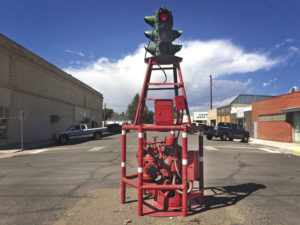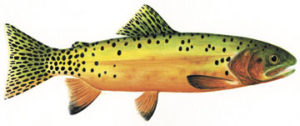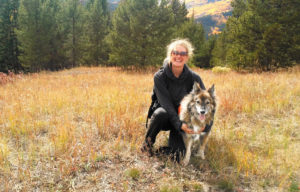By John Mattingly
Shutting down a garden is like saying goodbye to a good old friend who visited for the summer, a friend who challenged you, fed you, worked you, taught you the upside of patience and sharpened your powers of observation and contemplation.
You knew the friend had to leave, but in the course of the season you tossed that onto the compost heap. It seemed the friend would always be there, connecting body and soul through Earth and sun.
As the end of September approaches, a gardener becomes attentive to the cool feel of the morning air, and takes measures to keep the friend around a while longer, and makes an effort to preserve the friend’s bounty to bring light to the dark days of winter.
In the Valley, frost-free days after mid-September are a gift, even though the heat units are few. Many nights the temperature drops to 33 degrees and then bounces up to 60 in the first hour of sun. This can be good for curing some crops, but inevitably reminds us that our friend is packing up, getting ready to go.
One consolation is that much of the work of a garden continues in all seasons: working with the aftermath and thinking about rotation and expansion options for next year.
One of the farmers I learned a lot from in my youth asked me, “When does next year begin?”
Thinking it was a simple calendar question, I said, “January first.”
He put a rough, gnarly hand on my shoulder. “Son, next year starts right now, in the fall of this year.”
He went on to explain that the way you treat your stubble and your ground in the fall makes all the difference next spring.
Because fall work became a habit when farming, I continued the same with gardening. Corn stalks build organic matter fast if they are ground up and incorporated in the fall. Peas planted in the corn rows will yield snap peas and podded peas most of the season as the peas use the cornstalks as a trellis. Working the spent pea vines and stalks into the ground with a bit of manure in the fall, leaving some dry corn leaves on top, will make a nice patch for dry beans next spring. Accordingly, a dry bean patch makes a nice corn patch next spring.
[InContentAdTwo]
The Valley is a place to give peas a chance. They like the cool nights, fix nitrogen, and provide a tasty and sometimes overwhelming abundance. Peas on Earth brings good will to all. Potatoes and squash also do well with peas inter-planted. Peas vining with potatoes can be left to make next year’s seed stock and hung to dry. Tomato vines work quickly into the ground with pea vines, and rotating potatoes and tomatoes has worked well in the Valley.
All root crops do well. They start early and finish last. Beets, turnips, carrots and parsnips will be there to dig up for Thanksgiving if covered with some sort of mulch. Straw is okay, but draws rodents. Pea pods are much better.
Any serious gardener is also a seed selector and saver. With peas, saving the first pods selects for early fruiting peas, and choosing long, fat peas usually selects for that trait. To get good germination, leave the peas on the vine until they are light to dark brown. Discard curled or mold-spotted pods.
Once the pods are crispy, place in a paper bag and shake to separate peas from pods. The pods make excellent mulch. It is best to do a germination test after the seeds are hard. Soak the seeds for an hour, put a nick in the dicot, then place a representative sample on a wet towel and leave in the dark. If eight of ten send forth a sprout, may the peas be with you.
Much can be said about the value of connecting with plants and Earth in full sun. Working the Earth and watching what happens is a window into our source and our destination: in hand and under foot.




